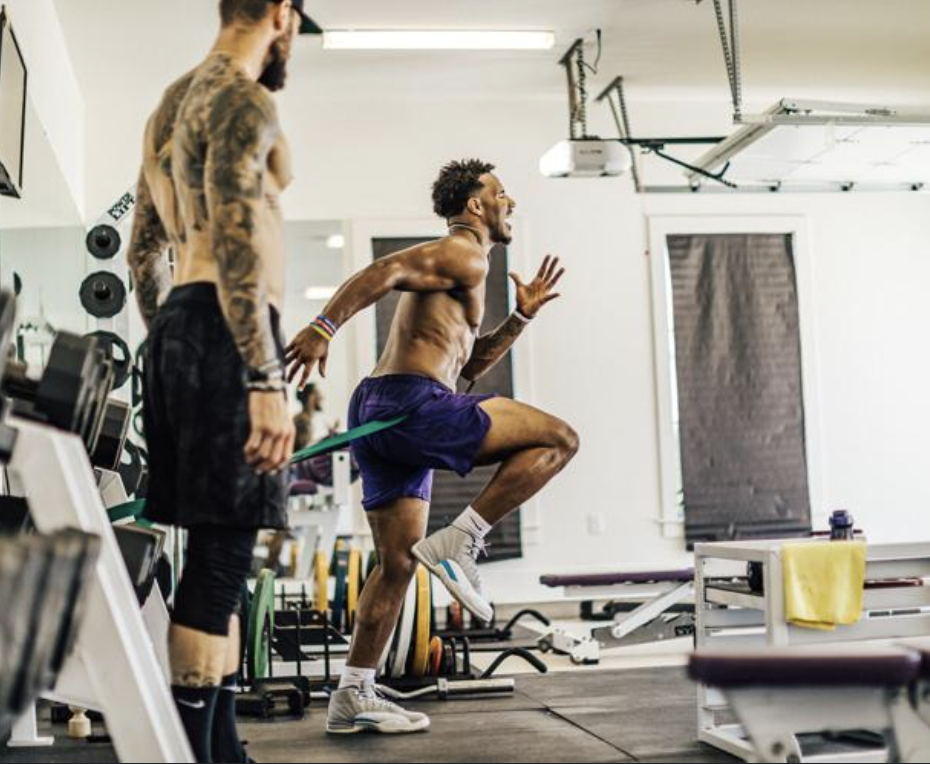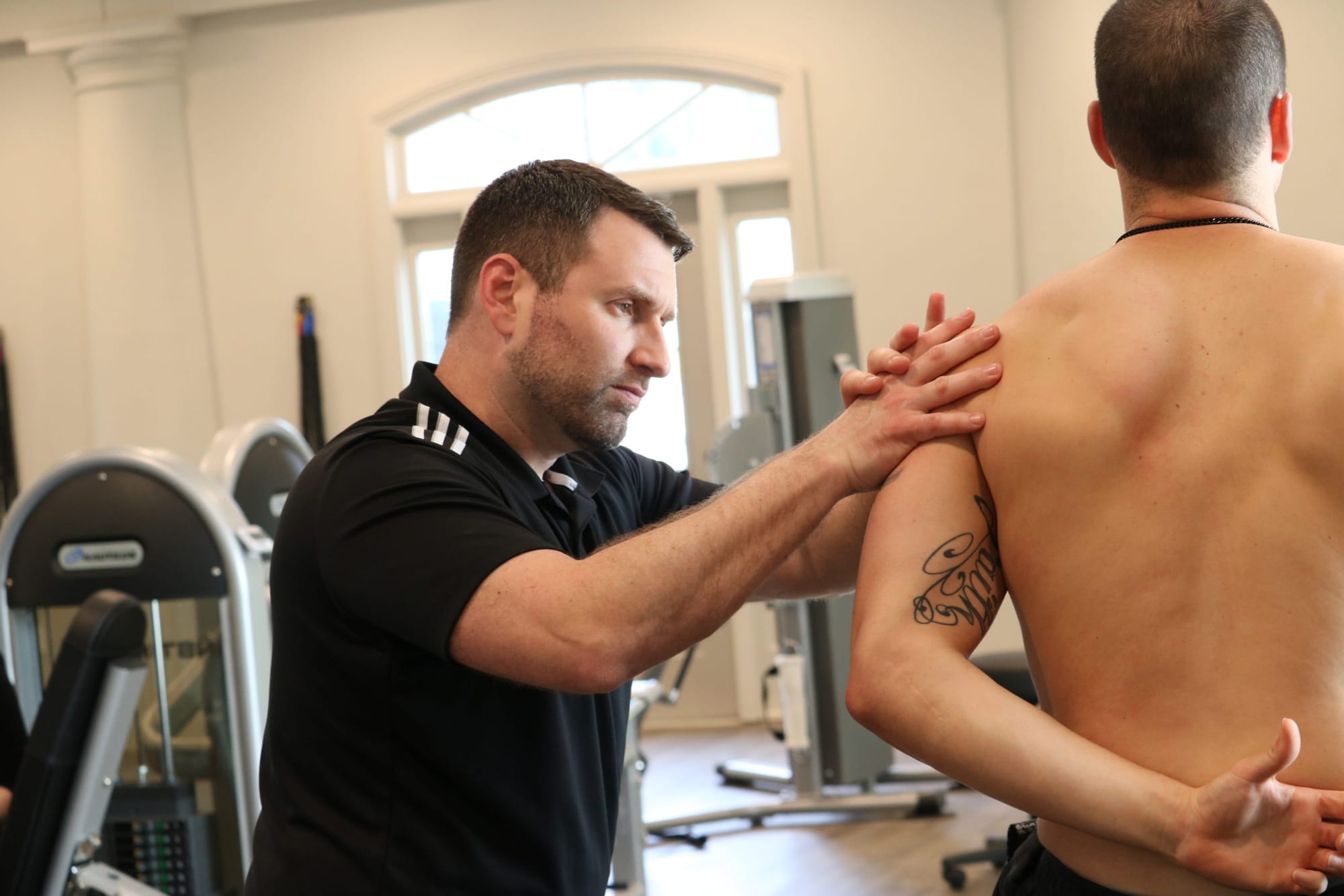Fear, Pain, and Performance: How Better Information Is Rewiring the Modern Ballplayer

A real‑time case study from The American Association Baseball League
As athletes get older—or simply get smarter—the relationship between fear, pain, and injury can change dramatically. With better tools, better education, and the humility to learn, today’s players are turning discomfort into data and staying on the field longer.
The shift: fear ≠ pain ≠ injury
When I was a young prospect, any shoulder twinge felt like an obituary for my career. Today, I treat sensations as signals, not sentences. In practice, that means:
• Pain = information (fatigue, tightness, poor patterning)
• Injury = tissue damage that needs true medical management
• Fear = a mental amplifier that can distort both—and change mechanics in ways that make things worse
The job is to separate them quickly and intelligently.
A Hypothesis on why this is happening now…
Two structural changes in the game are driving this evolution:
1. Access to education and information: Mobility progressions, anatomy explainers, workload models, and skill breakdowns are a tap away, and every “expert”, former player, etc has a voice and platform
2. Decentralized expertise: Players can message a PT, video chat a pitching coach, or run a quick movement screen with an app—then test what they learn the same day.
A live example (Rosemont, IL)
This week, I’ve been managing three sensations simultaneously:
• Shoulder impingement‑like symptoms (addressed with positioning, mobility, and activation before catch/throw)
• Glute/hamstring tightness (traced to hip stability/glute strength; improved with targeted activation)
• Intermittent rib displacement‑type symptoms (managed by controlling breath mechanics and trunk stiffness without over‑guarding, and understanding the core muscle anatomy and each muscles “job”)
If those were major structural issues, I wouldn’t be able to locate or hold velo in game conditions. Because they’re (currently) pattern/position problems, the solution has been to map → activate → test rather than panic, shut down, or overhaul mechanics mid-game.
Map → Activate → Test (the practical loop)
• Map: Identify likely drivers (joint position, tissue tone, breathing pattern, workload, previous injuries/trauma).
• Activate: Low‑tech, high‑yield drills (scapular positioning, glute med activation, rib cage/breath resets).
• Test: Play catch → side sessions → game. Keep what measurably helps; ditch what doesn’t.
Real‑world partners who make this possible (shout‑outs)
These are not paid placements—just gratitude and proof of the new ecosystem:
• Robbie Bolton, Evolve Physical Therapy (Baton Rouge, LA): Thoughtful PT progressions and practical shoulder/hip solutions that travel well to the field.

• Anna & Corey Couture, Trifecta (Baton Rouge, LA): Smart, athlete‑specific programming and education that builds muscle IQ—teaching what moves what.

• Rob Blanc (performance coach) + mobility/education app: Video‑first breakdowns and daily mobility templates that meet me where I am—on the bus, in the clubhouse, or at the hotel.
Why this belongs on Business of Ball: Player performance is a marketplace. The better the knowledge supply chain (PTs, coaches, apps, tools), the more durable and valuable the on‑field asset becomes. These partners are part of that supply chain.
Playbook for younger pitchers (and the coaches developing them)
• Dissociate fear from sensation. Ask: “Is this sharp/unstable (stop), or tight/fatigued (modify)?”
• Don’t protect yourself into a new injury. Over‑guarding a shoulder often nukes your elbow or trunk timing. Athletes find ways to compensate and then can create more kinetic chain issues.
• Build muscle IQ. Know which muscles position your joints for speed, explosiveness, command, and repeatability.
• Use a micro‑cycle. Pick 1–2 interventions per week, test them honestly, keep what works.
• Document. Short notes after catch, pen, and game. Patterns show up fast when you write.
The business angle
Teams, agencies, and brands want resilient, reliable athletes. Players who can interpret pain and self‑organize around it (with qualified pros) miss fewer reps, compound more skill, and hold value longer. That’s a performance moat—and a business one.
⸻
Sidebar: Athlete’s Toolkit (starter list)
• Pre‑throw shoulder positioning primer (scap + rib + breath)
• 2–3 hip stability activations (glute med bias)
• 1 trunk stiffness/anti‑rotation drill to calm rib irritation
• Simple workload log (pens, recovery, Velo/Command notes)
Editor’s note / disclaimer: This is an anecdotal case study, not medical advice. Pain that is sharp, unstable, or escalating needs an in‑person assessment from a licensed professional.
Read the personal case study: A deeper, first‑person narrative about last night’s outing and a dugout conversation with a young pitcher is live at AnthonyRanaudo.co.
